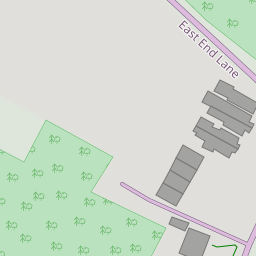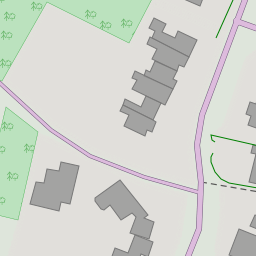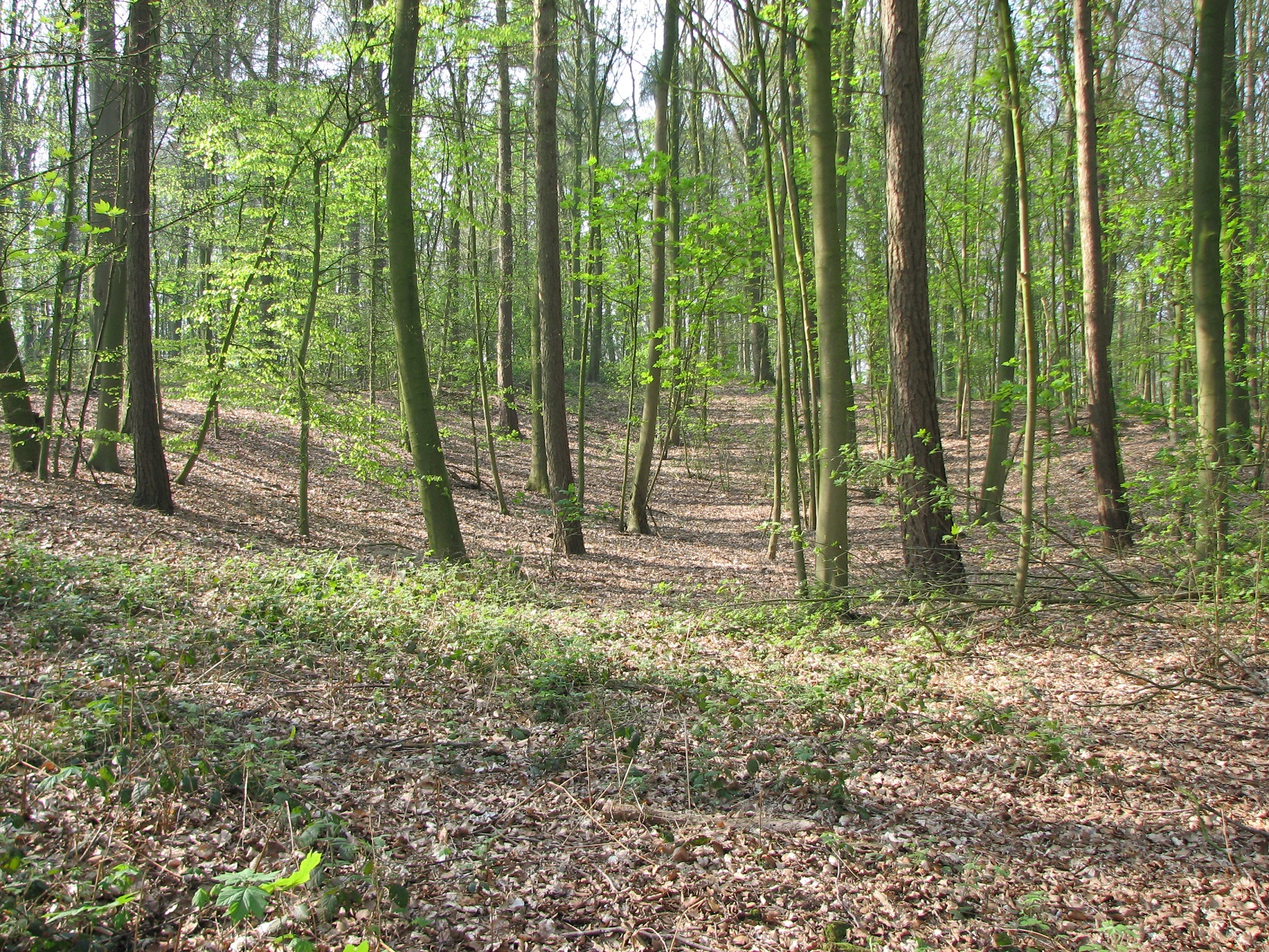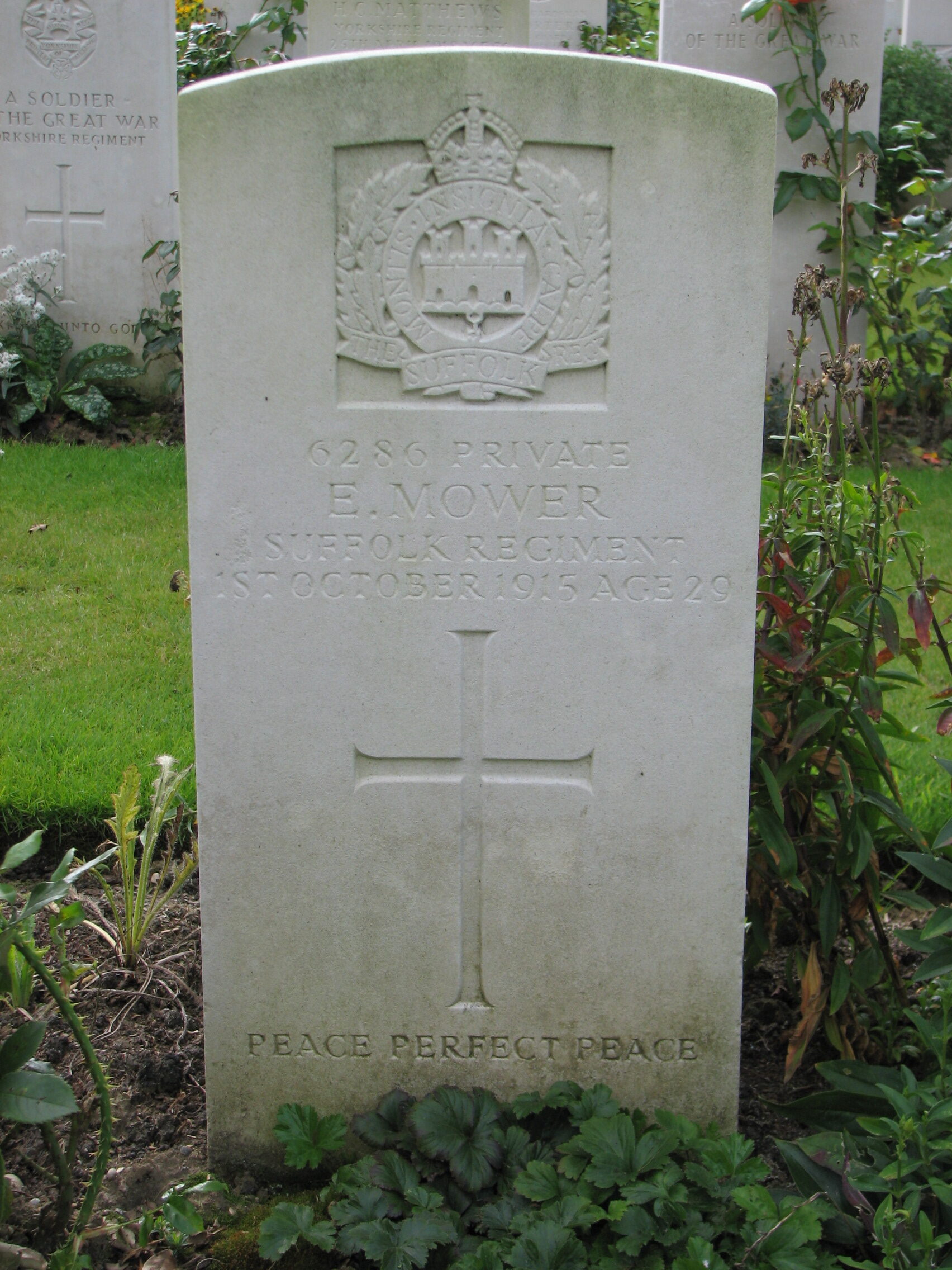Edwin Mower (1886 - 1915)
An Army Reservist who was recalled to the Colours upon the outbreak of War, Edwin served in France and Belgium. He was killed near Ypres, leaving a wife and 3 young children.
- 47
- Died in the Great War
- 51.972449, 1.059782
Details
| Name: | Edwin Mower |
| Service: | British Army |
| Unit: | 2nd Battalion, Suffolk Regiment |
| Regimental Number: | 6286 |
| Rank: | Private |
| Date of Death: | 1st October 1915 |
| Age: | 29 |
| Buried: | Plot II, Row H, Grave 4, Sanctuary Wood Cemetery, Near Ieper (Ypres), Belgium |
Family Background and Early Life
Edwin Mower was born at Hintlesham on 14th August 1886.
Edwin’s father John, was a Farm Labourer who had lived in Hintlesham all of his life. He had married Emma Simpson, who was from Hadleigh, in 1861. Their marriage produced at ten children, of whom Edwin was the second youngest. By the time of Edwin’s birth some of his older siblings had already left home.
When Edwin was just a toddler, the family moved Burstall, and then later to Elmsett. Edwin’s mother died when he was 12, and being old enough to work, he appears to have left home shortly afterwards: The April 1901 Census shows Edwin employed as a Farm Lad at Clareton Moor Farm, near the village of Coneythorpe in what was then the West Riding of Yorkshire.
Joins the Army
Unfortunately, Edwin’s Service Record does not survive. We know that he joined the Suffolk Regiment some years before the War, most likely in December 1902. The usual terms of service at that time were for 12 years: 3 years as a full-time Regular, and then – unless the man chose to extend his term as a Regular – they would spend the remaining 9 years in the Army Reserve.
Whether Edwin was a Regular for 3 or 6 years is not known, but by late 1909, he was living in Kersey, near Hadleigh, and working as a Labourer. On 27th December of that year, he married a local girl, Ellen Holmes who was 22.
Just 10 months later, Edwin and Ellen’s first child was born at Wherstead, a boy they named Harold Edwin.
By the April of 1911, the family had moved to East Bergholt, where they made their home in Broom Hill Cottages at East End. At that time Edwin was still employed as a Farm Labourer, though in 1914 he started working at the Xylonite factory at Cattawade. There he worked in the Colour Shop.
In March 1913, Edwin and Ellen had a second child, a girl who they called Sylvia Joan.
War is Declared – Recall to the Colours
It was a condition of service that members of the Army Reserve were to be recalled to the Colours with immediate effect, upon a declaration of war. Consequently, on 4th August 1914 (the day that Britain declared war on Imperial Germany) all Reservists were ordered to report to their Regimental Depots on the following day. Amongst the East Bergholt men included in this “call-up” were Edwin, Ernest Barber and Algernon Armitage, all from East End. 1 Ernest Barber, who had lived at 6 Albert Cottages, served as a Private with the 2nd Battalion of the Suffolk Regiment. He died of wounds in a hospital at Versailles, on 6th October 1914, and is buried in the nearby Les Gonards Cemetery.
Algernon Armitage, who had lived at 1 Holly Cottages, served as a Lance-Corporal in the 2nd Battalion of the Essex Regiment. Algernon died of wounds at a hospital in Boulogne, on 26th June 1915, and is buried in Boulogne Eastern Cemetery. At the time, Ellen was pregnant.
According to surviving official documents, Edwin disembarked in France on 23rd August, possibly as part of a group of 90 men who were to form the first reinforcements for the 2nd Battalion of the Suffolk Regiment.
It was the morning of 6th September before the reinforcements actually reached the Battalion. At the time the vast German attack on France had been halted by a predominantly French force at the Battle of the Marne, and the Allies were about to assume the offensive as the Germans retreated.
The 2nd Suffolks had been through a difficult time in the three weeks since they had first disembarked in France on 15th August. During the Retreat from Mons, they had formed part of the British rear-guard at the Battle of Le Cateau. In the heavy fighting that followed, the Suffolks had suffered over 85% casualties – many of them taken prisoner.
Just two days after the first reinforcement draft joined the 2nd Suffolks, they took part in an attack against the Germans – albeit in a support role. Over the next five days the pursuit of the retreating Germans continued – the Battalion encountering some enemy opposition, and suffering light casualties.
The Battalion then took a limited role in the Battle of the Aisne, when the short-lived Allied pursuit of the retreating Germans ended in stalemate. On 8th October, the 2nd Suffolks were moved to the rear to Abbeville (near the Channel) but by the 25th were being transferred back to the front.
Holding the Line
As part of the series of actions known as “The Race to the Sea”, the Germans had pushed back some British units near the village of Neuve Chapelle. 2 The Race to the Sea” was essentially a series of attempts by both sides to turn the open (western) flank of the enemy: It ended in several battles during late October and early November 1914 (the best known being the First Battle of Ypres). On 27th October of the 2nd Suffolks were brought in to relieve one of those battalions, and hold the line. Fortunately, the German attacks at this point did not continue, though the Battalion suffered a number of casualties from sniper fire.
When in the line, the Battalion remained in this general area – between the towns of Bethune and Armentieres – until the middle of November. They were then transferred north to relieve the French in some of the trenches, south of the Belgian town of Ypres.
On 12 November, Ellen had given birth to another son, who was named Albert Arthur Kitchener Mower. 3 The name of Kitchener was almost certainly after Field Marshal Herbert Horatio Kitchener (1850-1916), who for many years had been regarded as a national military hero. Upon the outbreak of War, Lord Kitchener had become the Secretary of State for War and is now perhaps best known for his face appearing on the recruiting posters of 1914/15. Whether Edwin ever got to see his youngest son is not known. 4 Kitch” Mower as Albert was known, served with the 2/5th Essex Regiment in the Western Desert during the Second World War. He was captured during the First Battle of El Alamein in July 1942 and spent almost 3 years as a Prisoner of War in Italy and Germany.
During this period, the Battalion usually spent 4 days in the trenches, and then 4 days in billets, before going back to the front line again. Christmas Day 1914 fell during one of those periods when the 2nd Suffolks were out of the line, and it was spent in billets at Westoutre – approximately 7 miles behind the front line.
Messines Ridge
Early in the New Year, the Battalion took over a new sector of trenches, at the foot of Messines Ridge just below the German held village of Wytschaete. This would remain their usual section of the line when they were at the front, for several months. 5 David Paskell – from Long Road (now called the Mile Straight) – was another Bergholt man serving with the 2nd Suffolks at this time. David was killed in action on 16th January 1915, aged 20. He has no known grave, and is commemorated on the Ypres (Menin Gate) Memorial to the Missing.
The trenches at this time were not the continuous line of defences that came into existence during the course of 1915, but were isolated positions formed by separate lengths of trench and breastworks. It was only later in 1915, after a great deal of toil – some of it by the 2nd Suffolks – that the trenches became the continuous lines of entrenchments that today seem synonymous with the Great War.
The Battalion were not involved in the 2nd Battle of Ypres which raged just to their north in late April and May of 1915, though other units in their Brigade were sent there to counter the German attack. Instead the Battalion covered for them, extending their own part of the line so that they effectively held the Brigade’s whole frontage themselves. The Battalion maintained this duty for nearly 4 weeks, until they were relieved on 26th May.
Ypres Salient
Shortly after being relieved the 2nd Suffolks moved up to the Ypres Salient proper. Over the summer, their “tours” in the trenches included such infamous locations in the Salient as Sanctuary Wood, Hooge, and also the Support line at Spoilbank.
It was during the summer, that the Battalion were also used in the role of the Brigade’s Pioneers. In addition to manning the trenches, they were also called upon to carry out labouring duties on behalf of the Brigade. One of the main tasks that this involved was the digging of trenches.
On 25th September, the 2nd Suffolks relieved another Battalion in the trenches in Sanctuary Wood. Four days later, the Germans exploded a large mine under the trenches manned by one of the Suffolk’s neighbouring battalions. Despite a counter-attack which involved some of the 2nd Suffolks, the Germans succeeded in capturing that part of the line.
The following day, after a supply of bombs (hand grenades) were received, the British made up a scratch force – consisting of a Company from each of the following battalions – 4th Middlesex, 2nd Royal Scots and 2nd Suffolks: They were to launch a counter attack to recapture the lost trenches around the mine crater.
The attack was launched at 3.15 that afternoon. In the face heavy opposition including rifle fire and grenades, the 2nd Suffolks managed to make it to edge of the mine crater, before enfilade machine gun fire forced them to retire.
This failed counter-attack had cost the 2nd Suffolks dearly – they suffered 120 casualties including 35 dead, one of whom was Frank Conway, from East Bergholt. 6 Frank Conway, had lived near High Trees Farm. He has no known grave, and is commemorated on the Ypres (Menin Gate) Memorial to the Missing.
The following day, Edwin was killed in action, aged 29. The Battalion’s War Diary for October 1915 does not survive, so the events of that day are not known. 7 Commonwealth War Graves Records show that 6 men from the Battalion died on 1 October 1915. Of these, 1 Officer and 4 Other Ranks (including Edwin) were killed in action.
Edwin was initially buried in a temporary military cemetery that had been started in Sanctuary Wood. The cemetery appears to have subsequently been destroyed during the fighting in 1916 and 1917.
Postscript
Immediately after the War, Edwin’s body either could not be found or could not be identified and he was therefore regarded as having no known grave. When the Menin Gate Memorial to the Missing of the Ypres Salient was first unveiled in 1927, Edwin’s name was one of those inscribed on it.
In 1928, one of the teams responsible for “concentrating” the bodies of servicemen from isolated burials and some of the smaller cemeteries into permanent cemeteries, were working on what had by then been termed the Sanctuary Wood Old Cemetery (as a newer burial ground a short distance away was called the Sanctuary Wood Cemetery). One of the bodies that they found and exhumed was Edwin’s – he was identified by his identity disc.
Edwin was re-interred in the Sanctuary Wood Cemetery, located approximately 400 yards from his original burial place. He rests there still.
Copyright © Mark Ashmore, 2024
- 47
- Died in the Great War
- 51.972449, 1.059782










